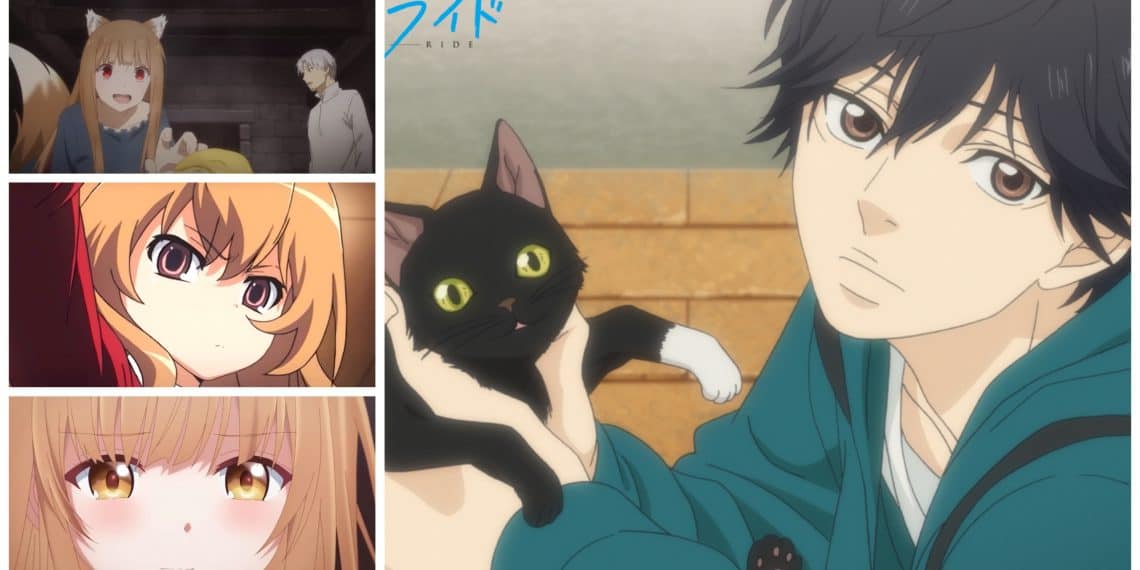Our protagonist, Ryūto Kashima, is an ordinary second-year student with hardly any experience in love. He has a friend who is almost similar to him and has the same hobby of playing video games. He has a crush on his classmate named Runa, a student with whom he hardly has any conversation.
While Luna is one of the most beautiful and cheerful among the girls, she has experience dating boys. She has a glitzy exterior yet a genuine, uncomplicated personality. Even though they are different, they start to accept and connect with each other.
She is somewhat taken aback by his awkwardness as he admits to finding her adorable when they are suddenly left alone together in the open, and he confesses to her that he finds her attractive. Afterwards, things completely changed.
The show shows the ups and downs of Ryūto and Runa’s friendship as they deal with the problems that come with being in high school. The show has started and is ongoing. The show can be seen on Crunchyroll. Pony Canyon and Kadokawa are producers of the anime, while ENGI is handling the animation.
1. The Angel Next Door Spoils Me Rotten
Amane Fujimiya, a social outcast, notices his neighbor and classmate Shiina Mahiru crying in the rain and lends her his umbrella to protect her from the elements. Helping others results in him catching a cold. Mahiru, known as the “angel” of his school, has promised to repay him by assisting him with chores around the house. Behind closed doors, they begin to develop romantic feelings for one another.
Some may wonder how fascinating a 12-episode anime could be if all that happened was that Amane and Mahiru spoke and argued with each other the whole time. In a sense, yes. These two individuals are unable to act on their growing feelings for one another because of the “rules” they established for themselves at the beginning of their relationship.

They were both attracted to one another but were being careful to conceal their emotions, so they quickly agreed to keep their connection strictly platonic. Mahiru should be commended for her honesty in her feelings for Amane. She repeated again and over that only Amane was allowed to touch her. She told him he had good taste and that he should be pleased with himself.
She cared deeply about his emotions and let him know how she felt when he misread her clues. When Amane failed, Mahiru would squash and pound the poor couch cushion. His constant looks of shock anytime Mahiru came close were priceless.
Amane’s reticence and wariness are understandable, considering his past. Despite your disagreement with his romantic affection for Mahiru, you may find him to be a likeable guy due to his reliability, loyalty, and honesty.
2. Toradora!
In general, Toradora is rife with ironic undertones. It’s meant to be funny, therefore it is. The show sometimes becomes serious, but such moments are so rare that the vast majority of the time, it just goes completely off the rails. The show’s creators, J.C. Staff, are experts in unconventional plot structures. Although it may be impossible to predict what will happen in the next episode, the episodes do follow a loosely linked plot arc.
Ryuuji is the show’s central character. He has the face of a little kid but the eyes of a serial killer. In reality, he is a huge teddy bear. During the first part of the performance, he accomplishes very little that stands out. Rather than focusing on him, attention should be given to the other characters that interact with him.

The fundamental weakness of Toradora is, however, its abrupt change in tone. The show’s tone shifts dramatically toward romance after a primarily comic first half, namely around episode 17. The show’s rapid change in tone has a detrimental effect on a few major players and takes some getting used to.
To me, Toradora emulated Clannad by starting out lightheartedly before settling into a more somber body of work. This show didn’t give us enough time to adjust to the new tone. While not fatal, it nonetheless has the potential to take people by surprise.
3. We Were There
The plot is different from what we expected. The story is about a man and a woman who fall in love and, despite the challenges they face, fight to remain a couple. The shocking truth of the killing, however, must be faced. It delves into more serious topics without straying too far from its shoujo roots, and it depicts the nuances of real life without becoming overwhelming.
Overall, the narrative is simple, yet the prose is very complex while still seeming completely natural. It’s the kind of manga where pretty much any conclusion would have worked. A decade-long tragedy is told through a lens familiar to fans of Shojo fiction. The pacing is excellent, and the foreshadowing is subtle yet effective.

However, the beginning may be difficult to follow because of the large and sudden jumps in the progression of their relationship. The plot’s reliance on flashbacks, along with our knowledge that makes the solution appear too easy, may make the last act tedious.
Takeuchi is the most stereotypical of the three, but I found it endearing since characters of that sort are always among my favorites. He is the finest friend Nanami has ever had, and he is completely smitten with her. His ten-year love and his capacity to feel indignation at Yano and Nanami’s abuse are the only unique characteristics of his character.
Very few individuals ever learn to speak up for themselves, and he’s among the late bloomers. And unlike the others of his kind, he is honest, which strengthens his bond with Nanami and the two of them. But he stays true to his pleasant demeanor to the end, giving his whole support to Yano and Nanami.
4. Blue Spring Ride
The protagonist of the story, Futaba, is an outcast who received hatred in middle school for being popular with the boys. Since the other girls at school were jealous of her, she felt like an outsider, and her developing hatred for her male peers didn’t help things until she met Kou, a mysteriously endearing youngster who happens to be a classmate at the local temple.
There, they become good friends until Kou, under parental pressure, chooses to switch schools at the end of the summer. Futaba, now a senior in high school, has changed significantly from the middle schooler she once was. She acts a certain way to escape the attention of boys and to blend in with her classmates. Until Kou emerges in a new guise, her life is solid and fulfilling.
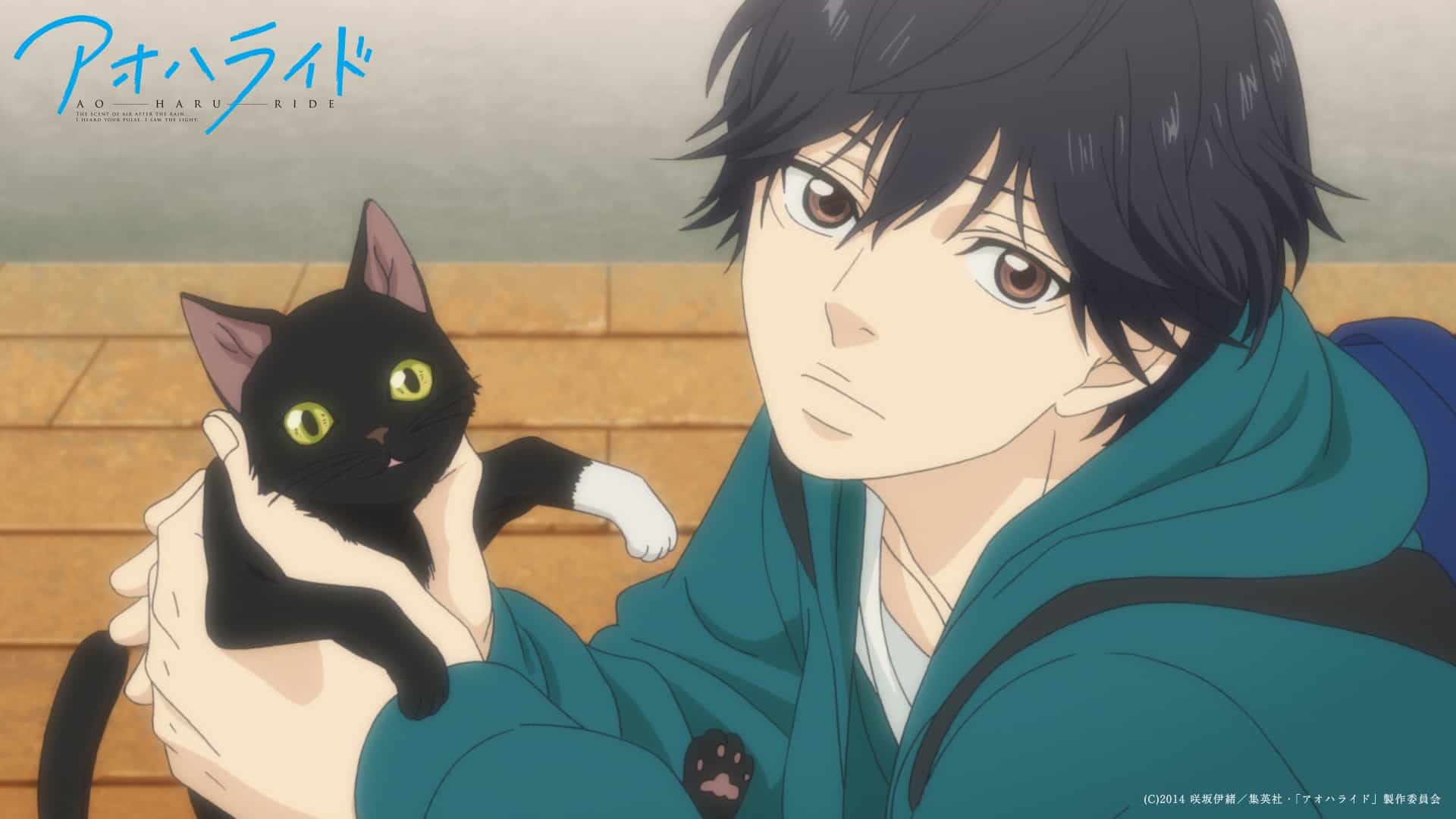
You’ve both realized that he’s not the same person you knew previously. They’re not without their past, but that’s all it is: the past. What do we name them? But they keep going, and as they get to know each other, Futaba especially starts to question her previous decisions and revert back to the girl she once was.
They use a variety of stock tropes from the shoujo romance genre. There’s so much heartfelt drama and passion in Blue Spring Ride that it seems to explode, yet the film never forces itself onto its viewers. Futaba’s confusion and compliance save the program from becoming an angry and spiteful tale of a girl who is bitter and shattered in the wake of Kou’s absence from middle school.
It’s a lot more realistic and less idealistic than typical anime would be in this circumstance. She doesn’t behave aggressively or shout her distaste for guys; instead, she displays apathetic behavior peppered with humorous facial expressions and movements that are more of a reflection of her true feelings.
5. From Me To You
Kimi ni Todoke tells the story of a boy and a girl who are in love with each other but can’t bring themselves to show it to the other person. Kuronuma Sawako, a girl whose classmates spend their time spreading rumors about her because she acts a bit unusually and appears a touch creepy, narrates much of the first season of the anime.
Kazehaya Shouta, the school’s most popular student, is the only one who looks genuinely happy to see Sawako and who grins and greets her whenever she walks by.
Sawako aspires to be as likeable and well-liked as him because of his warm treatment of her, his efforts to be genuine and fair, and his cheerful response to her. He encourages her to take part in as many class activities as she can so that her classmates may get to know the real her.

Along the trip, Kazehaya is the first to figure out that he likes the other person. He wants to tell Sawako how much he loves her, but he doesn’t know what to say because he has never been with a woman before. She doesn’t tell anyone how she feels because she doesn’t know how to say it, and she can’t believe that such a well-liked and famous young man could ever feel the same way about her.
It has been hard for them to tell each other how much they love each other because of ambiguities. Both of them are scared, but they want to tell each other they love them.
Kuronuma Sawako, the major character, is a young woman who is innocent, kind, and trusting, but she is mistreated and judged by others. At its core, Kimi ni Todoke is a romantic comedy. The first season is about Sawako’s friendships and the ideals she learns from them, such as love, trust, and kindness.
6. Golden Time
Things that happen in Golden Time are more than just a cartoon; they show us how hard it is for the main character, Tada Banri. He has backward amnesia and can’t remember anything from his past because of an accident he was in not long after graduating from high school.
Banri, a new student at a law school in Tokyo, tries to forget about the past by hanging out with people who share his views and falling deeply in love with a girl he just met. Banri tries to get things better by becoming friends with Mitsuo Yanagisawa, but this puts him in touch with Kaga Koko, a young woman who is rich, beautiful, and full of herself.
We quickly learn that Kaga is crazy about Mitsuo, an old friend she has never been apart from and that she thinks the two will eventually get married. Because Banri is a nice person, he helps Mitsuo and Koko by hugging Koko and helping her get over her obsession so she can do other things she enjoys.
During the first week of college, Banri meets Linda, a second-year student. As their relationship grows, images of his past start to bother him. Each of the characters is intriguing and easy to distinguish from the others. Koko’s love for Banri is unconditional despite the fact that she may be possessive, clinging, and terribly insecure at times.
Although she is beautiful and seems to have everything together, she falls in love with a rather average, somewhat average guy who develops to be the most giving and understanding person who can handle the swirling mess that is Koko. Banri, too, is an interesting persona.
7. Tamako Market
“Tamako Market,” which centers on a high school student named Tamako Kitashirakawa and her family, who own and operate a mochi bakery and sales office in the shopping district that serves as the series’ setting and backdrop, One day, on her way home from school, she comes across an unusual bird that can communicate in whole sentences, and the family decides to keep it as a pet, but maybe not quite voluntarily.
Even if the slice-of-life format isn’t the best suit for major plot twists, I think this would have increased many viewer’s interest in the show. Many possibilities existed for it to succeed. There are emotional and plot-focused moments throughout the show, but they seldom get a chance to change the overall trajectory of the show until the next episode.
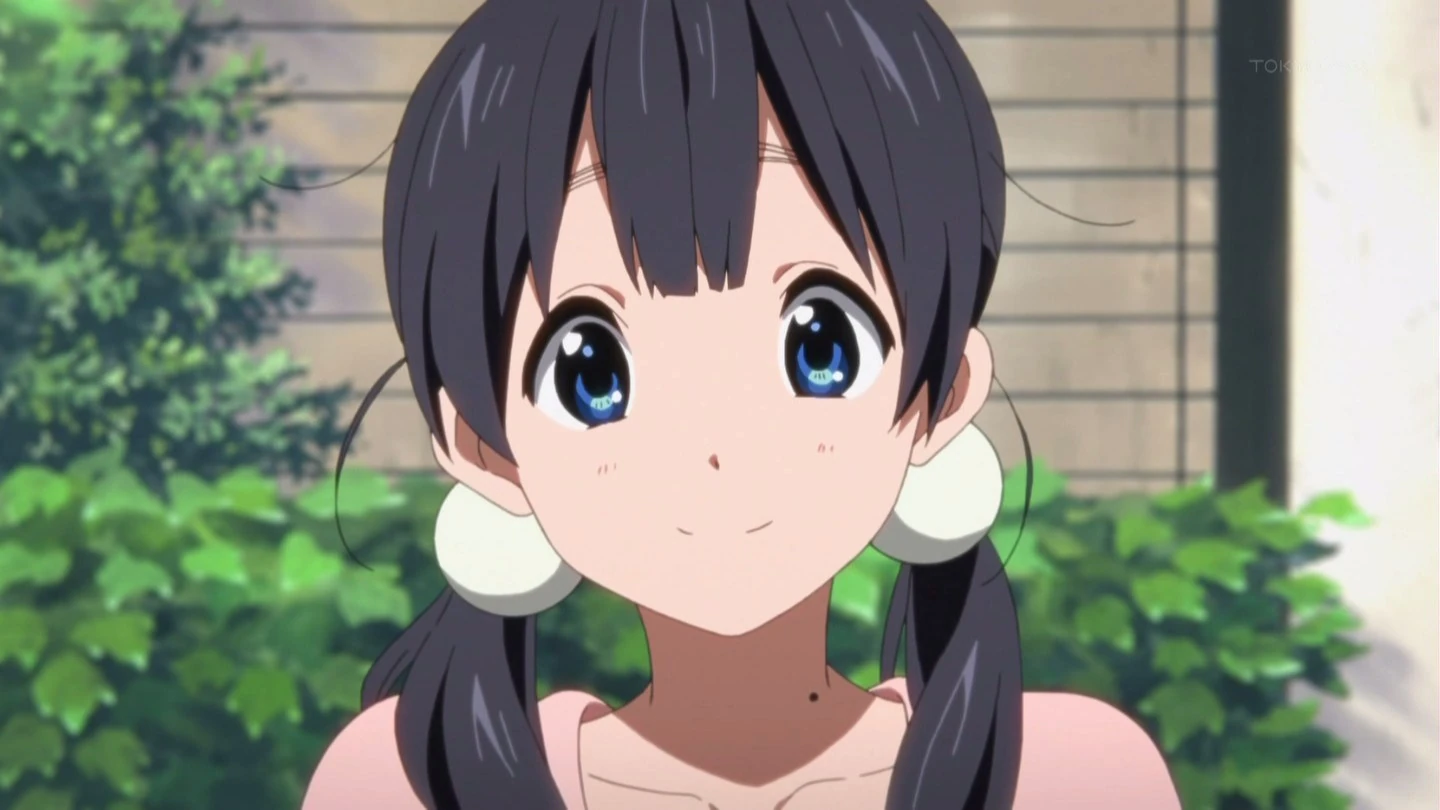
Mochi is also a well-designed character; it’s refreshing to have a male protagonist for once. If you check out Kyoto Ani’s other offerings, you’ll see nothing but bland males. However, Mochi is just as well-designed as Tamako. They complement each other well, and because he dresses like a punk and she is a female, you may assume that the old adage “he was a boy, she was a girl” holds true.
The problem is that Mochi is a huge sissy. He has feelings for Tamako but lacks the courage to tell her so. This gets old, yet he’s so horribly real that I could see myself in every one of his actions. The retail area is full of life, and the shopkeepers are all interesting people.
This is an enjoyable and relaxing animation. Next to humor, slice of life is my favorite kind of anime, and it never ceases to amaze me how creatively certain shows can transform even the most mundane concepts into compelling narratives.
8. My Love Story!
My love story! The story follows Takeo Gouda through his first year of high school when he is a monstrous freshman. However, despite his large stature, he has a kind heart and is willing to serve people whenever possible. His physical attributes make him unattractive to the ladies in his life, but his male friends adore him because of his skill in sports.
He and his closest buddy, Suna (Makoto Sunakawa), whom he’s known since preschool and who happens to live next door, are inseparable. Suna is liked by women and envied by men because he is the antithesis of Takeo in every way. He’s practically a sage xD, but he never uses it; in fact, he’s rejected every girl who’s ever confronted him because they spoke trash regarding Takeo behind his back.
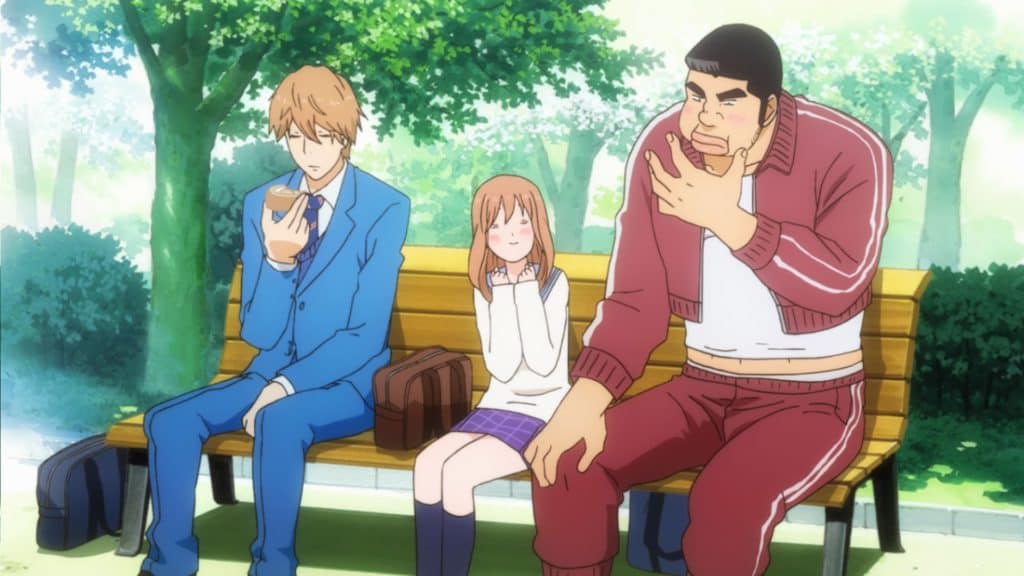
Suna is one of my closest pals. Takeo sees a groper trying to molest a young lady named Rinko Yamato on the metro one day. He is so angry that he contacts the police. When the man claims Yamato started it, Takeo pounces on him.
xD Takeo suspects Yamato has fallen for Suna since she is always trying to set them up on dates, but in the end, everything works out, and Yamato bakes him a cake to show her appreciation. Takeo works relentlessly to help Yamato get with Suna, despite his own desires for her, since he knows that every woman he loves ends up with Suna.
As Suna urgently attempts to make Yamato know that she likes him, Takeo tries to impress upon him Suna’s grandeur. If you’ve ever had the person you have feelings for attempt to be polite by rejecting you indirectly, this will feel like a knife in the heart. Takeo hides for fear of being revealed as a fool without Suna’s continual supervision, but Suna saves the day by having Yamato confess to him.
9. Nana
Nana Komatsu, our heroine, is a twenty-year-old girl from the countryside who is deeply in love with Shouji, a young man who has already relocated to Tokyo for school and work. Nana meets a punk rock singer with the same first name while riding the rails. Her last name is Osaki. After becoming fast friends on the train, the two don’t see each other again until they both have a chance to see the same apartment.
After considerable negotiation with their respective real estate agents, the two young women decide to move in together and divide the bigger apartment’s rent and utilities in half. Each woman in the group agrees that this is true and that their individual stories throughout the series are inspiring and touching.
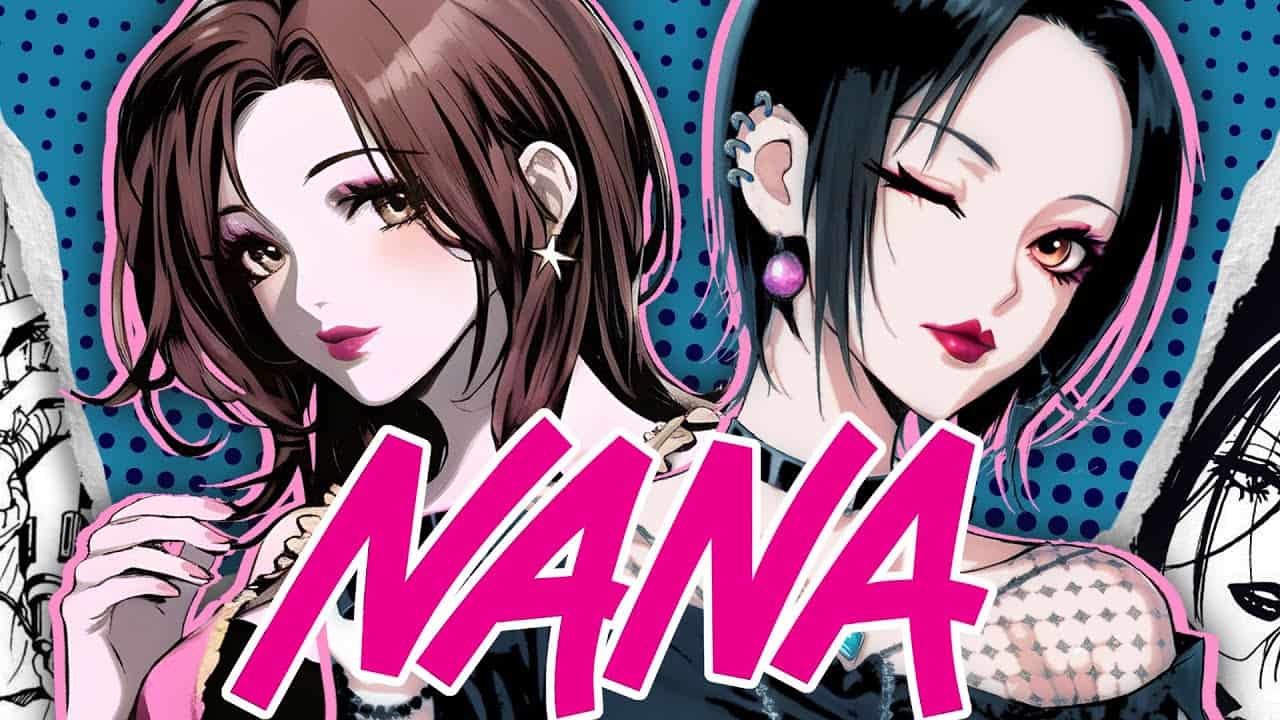
The absence of individual character development is a fundamental flaw in Shoujo anime. The audience is treated to 47 episodes instead of the usual 12–24, allowing for extensive character growth. Audiences benefit from learning about the characters’ histories and reflecting on how and why they behave the way they do at the beginning of the series, which allows them to better understand and appreciate the characters as they go through the narrative.
A big bonus in my book among the anime I’ve watched is that the secondary characters are given significant screen time and have a few traits and backstories. The main characters in the narrative are all fantastic and will remain in the minds of viewers for a very long time.
Ai Yazawa, the show’s creator, draws the anime’s distinctive animation style and characters. Due to its 2006 release date, this anime has some dated visuals and poor animation. I found it aggravating when, say, Nana Osaki or another character would do the same stage maneuvers over and over again throughout a performance.
10. Junjou Romantica
The story opens with our heroine, Misaki, applying to prestigious universities. There’s just one catch, however. His academic performance is rather poor. He enlists the help of a renowned novelist who is a friend of his elder brother so that he might do better on the admission examinations.
Usami, or Usagi-san, is here. However, things take a bizarre turn as Usami starts molesting Misaki right away. The story then takes a dark turn as Misaki grapples with how to deal with the assault and whether to report it. Maybe it’s the beginning of a beautiful love story. It fits into one of those categories, but not the most logical one.

This is when Junjou Romantica falls flat on its face. The primary couple’s relationship is messed up. Misaki is a frequent target of Usami’s personal attacks. In a line of discussion, Misaki says, “Stop. Let go. Get off of me,” and yet we’re expected to believe that this is a healthy, loving connection and not the work of a serial rapist preying on the young and powerless.
However, the opposite is true, and despite several warnings, no one ever changes their minds. At least Love Stage tried to demonstrate the guilty party’s salvation and remorse after the uncomfortable opening scene of an attempted sexual assault. There’s also a parallel relationship between a college professor and a high school student who has his sights set on attending the college where the professor works.
The one thing I would say in the show’s favor is that Hiroki and Nowaki have decent chemistry together. They treat each other’s personal space with the kind of reverence that, although obvious, is novel in this series. They are also experiencing some interesting relationship difficulties, ones that are reflective of the challenges that even happy couples sometimes experience. Such a failure to communicate or feelings of envy
11. 5 Centimeters Per Second
In 5 Centimeters Per Second, Takaki is the main character, whose life is chronicled from his middle school years until his early adulthood. Our focus is mostly on his development of affection for his childhood pal, Akari. Aside from his natural talent for kyudo and the fact that his parents often relocate for business, not much is known about him.
The narrative is broken up into three parts, so I’ll be discussing them in order. Without a doubt, the first chapter is the best of the three. Both Takaki and Akari are young adults now. They hit it off immediately when Akari transferred to Takaki’s school. It’s great that they’re able to strengthen their bond.

They stay friends until primary school graduation day, which is more plausible than having only gotten to know one another for a short time. After Akari has been gone for nearly a year, Takaki has decided that the best way to finally catch up with her is to take a train to a very remote location. Now, we get to the touching scenario.
In the next episode, Takaki has separated himself from Akari and is now a senior in high school. Kanae, a new character, is introduced, and, for some reason, she becomes the protagonist. Although the tale moves at a leisurely pace, it is still rather interesting.
This is likely due to the fact that Kanae is portrayed accurately. You’ll warm up to her and start pulling for her because of how likeable she is. Because you care so deeply, when she hurts, you will, too. However, the story stagnates since we only hear the protagonist’s thoughts from her perspective. Her only purpose is to emphasize Takaki’s isolation.
12. Spice and Wolf
The plot of Spice and Wolf revolves around Kraft Lawrence, a 25-year-old merchant on the road who acts and thinks like he’s 40. He travels from place to place, selling his wares, hoping to open up shop somewhere permanent someday. One evening in Pasloe, he meets Holo, a girl who is more of a harvest goddess than a typical female.
Since Holo is the wolf goddess that protects the wheat and blesses the grain with a rich harvest each year, she yearns to return home to her own far northern borders, but the locals no longer pay homage to the animal gods simply because they have converted to Christianity. The astute Holo offers Lawrence a token of the harvest in return for allowing her to tag along on the expedition.
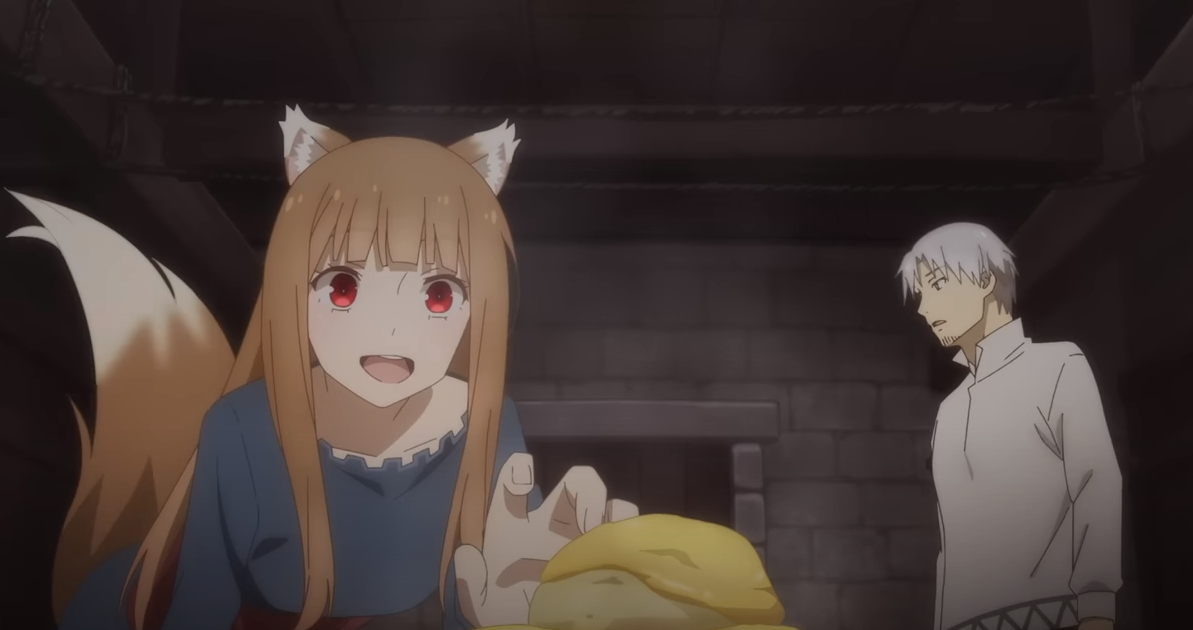
The merchant benefits from her advice as they journey north, but she faces hostility from the church due to her true identity. A large portion of the show is devoted to discussions of currency, economics, and the dynamics of supply and demand.
Much of the discussion is devoted to setting the scene and explaining what’s going on, but non-economists will need to pay careful attention to the details. But even if you don’t, the series is engaging enough that the plot is straightforward enough that we can watch all 13 episodes. The excellent voiceover contributes to the popularity of each of them.
The quiet, deeper tone is spot on for Lawrence’s more mature nature, and Michael J. Tatum does a great job of capturing Lawrence’s sensitivity and caution. Brina Palencia does a fantastic job in the role of Holo; her voice isn’t excessively feminine, and she comes out as self-confident.


